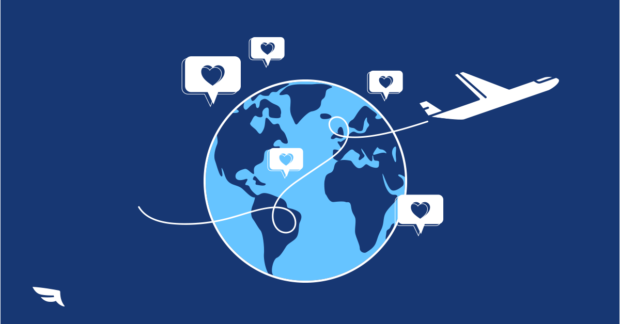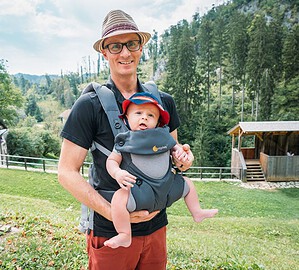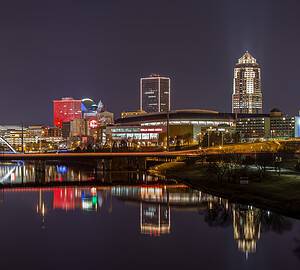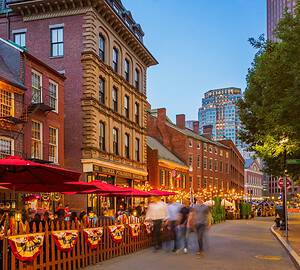At present, the travel industry across social media platforms is flourishing, which is why a lot of travel brands are jumping on the ever-growing bandwagon. The popularity of social media platforms has shaped the industries irrespective of their size and scale to achieve your ultimate business goals. The primary travel channels are inclusive of customer-centric Facebook, Twitter, and Instagram marketing strategies. Social media platforms are the most potent representation of modern-day digital persuasion. From a perspective, users might view the profiles just as mindless scrolling; however, active customers use these platforms to make their purchase and remain updated with the quality brands.

This encourages them to qualify the trustworthiness of the brands and establish powerful connections with them who may be regarded as a community later. 50% of the millennials are using social media platforms to grab their potential customers and draw them to make the purchases. In this article, we will explore how the social media profiles of major brands are not just about followers and pictures but are intrinsically using them to enhance the sales.
1. Air France – local to global
Air France is a well-established French flag career that has extended coverage to 93 countries and 201 destinations across six continents. The platform runs proactive social media profiles on Facebook, Twitter, Instagram marketing, etc. to better assist their customers. Air France is available 24/7 on social media platforms to solve the travel-related problems of its customers. The platform not only helps regional audiences but also keeps up with the customer support team to resolve the queries.
Air France Take away
To connect with the regional customers in-depth, it is crucial to encourage availability across multi-platforms. It helps to deliver specific content suiting with their cultural or travel preferences.
2. Booking.com – leveraging videos for a powerful travel marketing
As per the latest Booking.com research, one among seven active travellers seeks digital moments. Hence the platform has a significant influence on its travellers while booking the travel accommodations. Booking.com understands the potential of social media and manages to keep up with its trend to reach out to the target audience and interact with their potential customers across the platforms. The platform also invites its travellers to share their experiences, stories, and videos on their social media handles.
Booking.com Take away
Make efforts to develop content reach videos to grab the attention of your followers and keep them engaged.
3. Airbnb – social media platforms as a customer service medium
All across the world, Airbnb is a major travel brand that has more than 20 million dedicated followers across various platforms, including Facebook, Twitter, and Instagram. The brand also entertains user-centric solutions to ensure delivering excellent customer care services. Airbnb also has a separate Twitter handle which is focused on solving customer inquiries faster. Other than this, Airbnb has different accounts for providing specialized customer services.
Airbnb Take away
With the multiplied form availability of the brands, the latest customers can have a convenient medium to interact with the brand.
4. National Geographic Travel – travel stories are all about storytelling
National Geographic Travel is ahead of its time, and it is one of the most popular travelling brands on social media, having more than 50 million Global followers across the major platforms. The platform understands that pictures are not enough to hold the audience, so it explores the potential of storytelling. National Geographic also uses Instagram platforms and content-rich captions for promoting travel stories.
National Geographic Take away
If you are willing to encourage the travel visit to a particular destination, all you need is storytelling to drive engagement towards it and enlighten the goal.
5. STA Travel – extending user-generated content
STA Travel brand utilizes social media platforms to engage and reach out to its potential users online. The platform understands the significance of posting user-generated content as a validation of their services. STA Travel also focuses on young travellers and encourages them to generate engaging content. Furthermore, the platform seeks permission before featuring the pictures and videos of the travellers.
STA Travel Take away
To grab the attention of the potential audiences it is crucial to extend the potential of user-generated content and images on your social media platforms.
6. Hooper – paid advertising to boost to the revenue
Hooper is one of the significant travelling apps that run Instagram stories to engage their customer engagement, especially among American travellers. The platform has designed sought-after campaigns yielding brilliant results for the medium and has driven an 80% maximum booking rate for the newbies. The platform believes in running advertisements that not only save time but also help the platform to reach potential customers.
Hooper Take away
If you want to raise brand awareness, or increase sales, it is advised to run social media advertisements.
7. Wizz Air – social selling is the core of traveller marketing strategy
Gone are the days when social media profiles were entirely used to feature private pictures. Wizz Air understands the power of social media platforms and uses the accounts to enlighten their customers’ interest. The platform has an incredible social selling strategy to promote sales and increase user engagement. For example, during the holiday season, Wizz Air suggests gift ideas, on the other hand, vouchers grab the Limelight. The brand also provides discounts and sales on its social media channels to attract users.
Wizz Air Take away
Try to promote special offers, loyalty programs, and discount sales on your platform to reach out to potential customers and increase sales.
The final verdict
The modern travel industry is constantly evolving and encouraging brand participation. Moreover, it is inspiring social media platforms through travel marketing strategies and campaigns across various segments. We can draw an understanding of their functioning to communicate with potential customers and boost sales. By extending their strategies, the platforms can increase user engagement or conversations at least.



